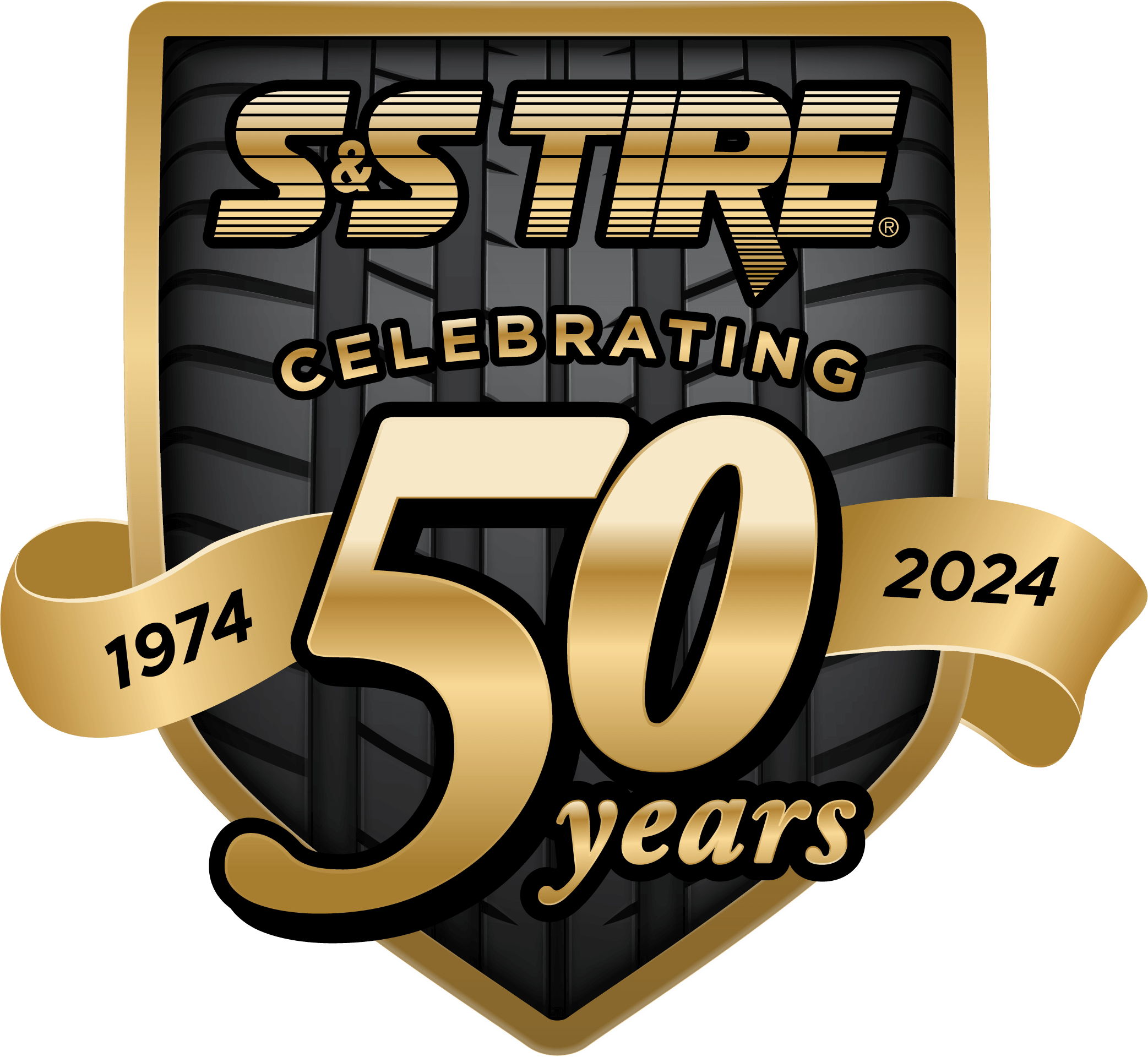Understanding Owner Operator Expenses And Costs
It is hard to beat the freedom that comes with being an owner operator. Yes, you must still respect the 14-hour single shift and 60/70-hour eight-day FMCSA hours of service (HOS) regulations, but you alone decide what you haul and when you haul. However, there are some important considerations concerning owner operator income and expenses. It is the owner operator expenses part that can quickly get out of hand.
Understanding Fixed and Variable Costs
There are going to be costs that do not change. These are your fixed costs. These include monthly rent, insurance, licensing fees, and permits. If you own a fleet of rigs and pay yourself a fleet owner salary, then that would be a fixed cost.
Then there are variable costs. In terms of owner operator income and expenses, variable costs fluctuate daily, weekly, or monthly. Costs like fuel, food, certain office expenses, and truck maintenance are all variable costs. In a perfect world, you would know exactly what these costs are so you could be more proactive with how you manage them.
Herein lies the key. The goal is to reduce the wild fluctuations in your variable costs with some simple proactive strategies. If successful, you will drastically bring down your average maintenance cost for a semi-truck. Here are some variable costs that you can have a direct impact on.
Variable Costs
-
Gas/Fuel
While you cannot control the price you pay at the pump, you can reduce the impact of fuel costs on your business. First, do not waste fuel by leaving your truck idling. Rushing into a truck stop only to find you are standing in line for much longer than anticipated is a waste of fuel.
Second, reduce the amount of sudden braking you do. Maintaining a safe distance and driving smart lowers fuel costs and reduces the wear and tear on your brake system. Rapid braking can wear down brake pads, chambers, drums, calipers, rotors, pistons, and a long list of critical brake assembly parts.
Third, drive Smart. By proactively planning your route ahead of time, you can avoid driving faster than needed. Every time you increase your speed by 10 mph – beyond 65 mph – your fuel consumption increases by 27 percent.
-
Proactive Tire and Rim Maintenance
One way to reduce fuel costs and your average maintenance cost for semi-truck is by adopting a tire and rim maintenance program. Using the right tires for the right environments, road conditions and seasons is the first, all-important step. The second is ensuring that your tires are properly inflated. This not only guards against the high costs of a tire blowout, but properly inflated tires are more fuel efficient.
Overinflated tires do not grip the road properly and lead to extensive tread wear, which makes them highly susceptible to blowouts. Underinflated tires consume more fuel and lead to sidewall flexing which puts more of the tire’s rubber in contact with the road. That increased surface contact leads to excessive friction until a blowout occurs. Either situation is guaranteed to damage your rims and cause serious delays.
Tire alignment and rotation help you avoid the costs of blowouts while also helping to extend the life of your rims and tires. When your truck is not properly aligned, some of the tires experience extensive tread wear as they are forced to bear more of the truck’s weight. Having your tires rotated reduces tread wear and ensures your tire’s grooves are properly inspected.
Finally, tire retreading and rim conditioning and repair are fantastic ways to reduce your tire expenses. Having your tires retreaded helps to reduce your costs by conserving the tire’s casing – which is the most expensive part of any new tire. The casing includes the bead, inner liner, steel body ply, as well as the first, second, third, and fourth steel belt layers. These lie just beneath the rubber surface of your tire.
- Use the right tire for the right conditions.
- Ensure your tires are properly inflated.
- Tire alignment and rotation extend the life of your tires.
- Use tire retreading and rim conditioning.
-
Proactive Maintenance and Your Truck’s Suspension
It does not matter if you have your own fleet of Mack, Kenworth, or Peterbilt trucks or if you are an owner operator with just a single truck, a proactive maintenance schedule goes a long way to reducing your operating costs. The key is to collaborate with a partner that does a thorough and complete suspension inspection.
That inspection should include validating that your truck and linkages are properly balanced and aligned, shock absorbers are not leaking and are in good working condition, inspecting your brake system and ensuring there are no issues with air pressure and that bushings and other suspension parts do not show any fractures or damages.
Proactive Cost Management With S&S Tire
At S&S Tire, we understand that reducing your costs is critical to the success of your business. That is why we have invested in over 14 commercial truck tire centers spread across Alabama, Kentucky, Tennessee, and West Virginia, two tire retreading plants, and multiple 24/7 emergency service crews. Customers rely on S&S Tire because we have seasoned TIA-certified trainers at all 14 commercial locations, ready to assist at any time.
If you are looking for a commercial partner who can help reduce your owner operator costs, contact us now.
